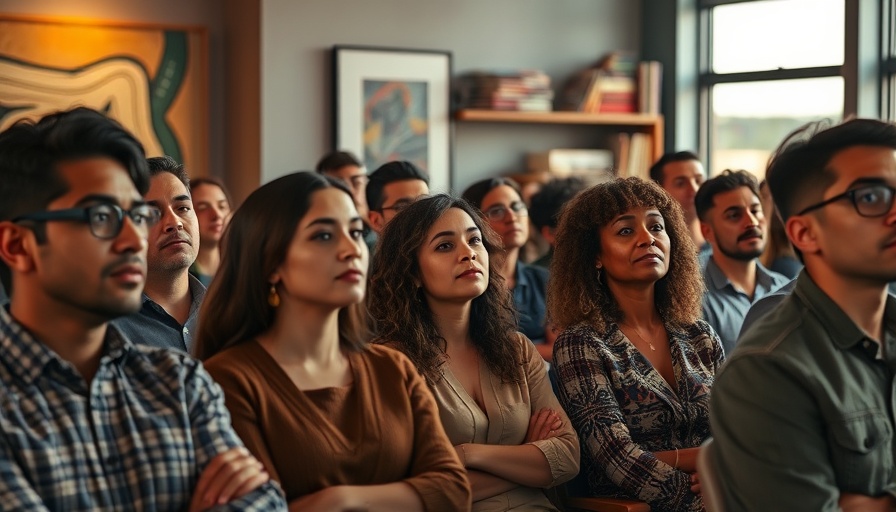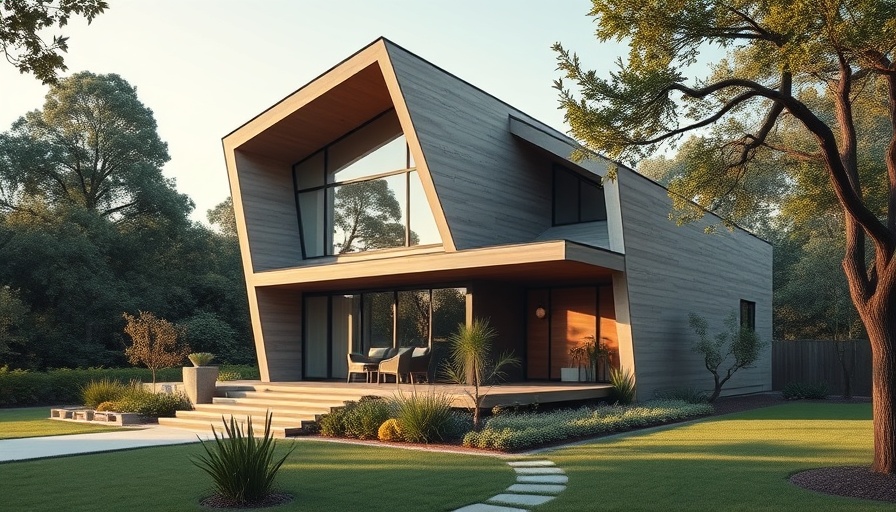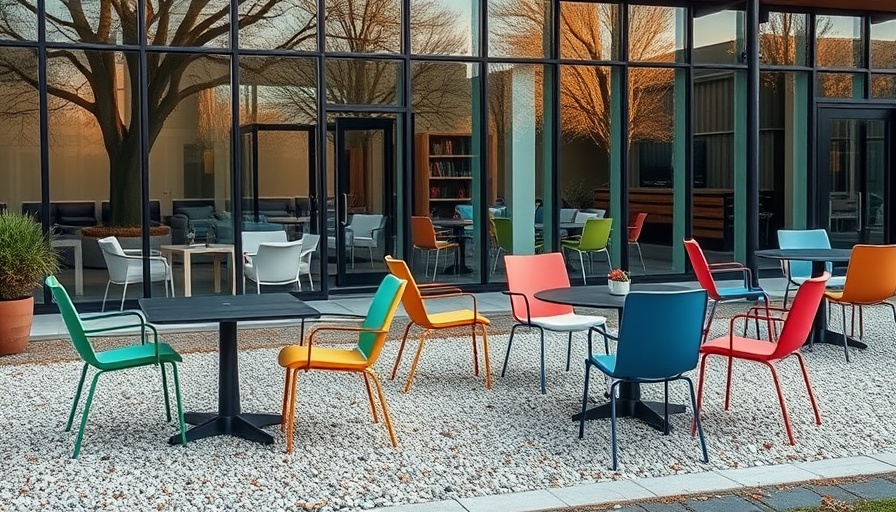
Redefining Modern Design: A Mindset for the Future
In a recent discussion hosted by Design Within Reach and Dezeen in Chicago's Fulton Market, industry experts gathered to untangle what it truly means for something to be 'modern.' Participating in the talk titled What Makes Modern Timeless?, British designer Matthew Hilton, DWR’s creative director Omar Nobil, and Maya Bird-Murphy of Mobile Makers emphasized a critical thought: true modernity stems from a mindset, not merely an aesthetic.
Valuable Design Insights: Beyond Timelessness
"What we want to cultivate is enduring design rather than aiming for something timeless," stated Nobil, revealing a fresh perspective on how design evolves. "Products can represent their time while still being relevant and functional today." The panelists shared examples of 20th-century designs that maintain their appeal and usability because they reflect the eras they came from, rather than trying to ignore their context.
Linking Past and Present: Key Designs to Consider
The panelists were asked to choose lasting pieces of design history. Hilton singled out Richard Sapper's coffee pot for Alessi, a design that captures the essence of its time while still being functional. Nobil chose Levi's iconic 501 jeans—an item that not only has stood the test of time but continues to influence fashion. Bird-Murphy highlighted Frank Lloyd Wright's studio, underlining that these pieces continue to tell stories about their time and creators, an intrinsic part of their lasting appeal.
Modern Design Must Embrace Relevance
Bird-Murphy's insight on relevance echoes across the design landscape: "For an object to be meaningful, it needs to remain relevant to its users over time." This relevance is increasingly pivotal as design faces societal challenges such as climate change and rapid technological advances. It's not about creating for aesthetics; it's about ensuring that designs serve genuine needs and reflect the cultures they originate from.
Design for All: Emphasizing Community Value
Both Nobil and Bird-Murphy pointed out that creating beautiful and functional spaces is crucial, especially in communities that may otherwise lack access to quality design. "Beauty is incredibly important, but it should not overshadow the functional requirements of a space," Nobil explained. Bird-Murphy emphasized that the goal should not merely be to beautify one’s home but also to improve the cultural and social fabric of neighborhoods.
Looking to the Future: A Collaborative Approach
Designing with a collective mindset means partnering with emerging designers and understanding evolving needs. "We have a responsibility to create designs that are inclusive, relevant, and speak to the challenges of contemporary life," Nobil asserted. That marks a significant departure from the traditional approach to design, one that often prioritizes aesthetics over community-centered needs.
Keys to Enduring Modern Design
As this discussion highlights, the definition of modern creativity is changing. Design is evolving to include not only the latest trends but also timeless relevance and practical use in everyday life. Whether you're a homeowner in search of inspiration or a buyer looking for enduring pieces, consider how contemporary designs can serve personal and community needs without losing their functional essence.
So the next time you're contemplating a piece for your home, remember: the spirit of modernity lies in engaging with our time and its challenges while striving for lasting, meaningful design. If you're looking to enhance your space with exceptional interior designs, let us bring your vision to life.
Call us today at 831-521-7729 to begin your design journey.
 Add Row
Add Row  Add
Add 




Write A Comment